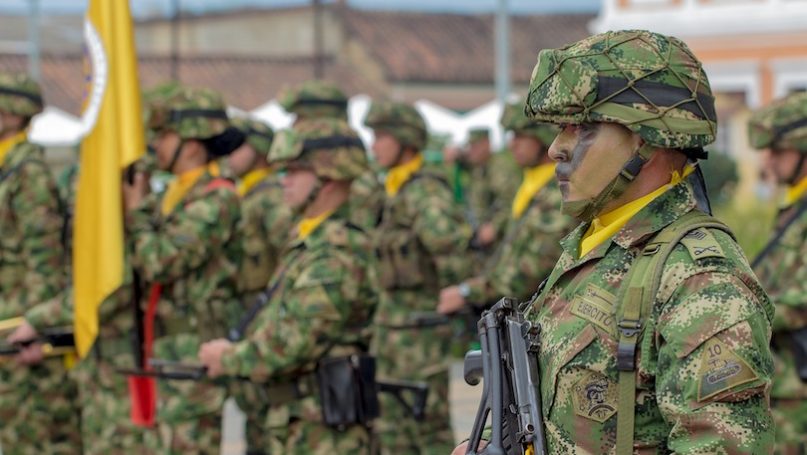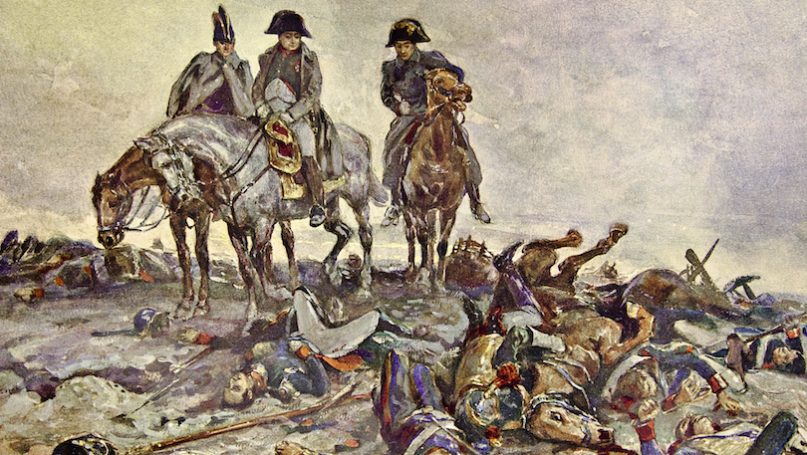By Martin Ivens
Six years ago, Scotland voted by a 10-point margin to stay part of the UK. Yet the last nine consecutive opinion polls show the backing for leave as high as 58 percent, and averaging at 53 percent.
This sustained lead for independence spells trouble for British Prime Minister Boris Johnson’s government, which fears that demands for a second referendum could become overwhelming.
The Scottish National Party (SNP) is expected to sweep to victory in local elections in May next year, giving it an outright majority in the Edinburgh Assembly.
The SNP has already been trying in the Scottish courts to circumvent a Johnson veto on another referendum. Whatever happens, the nationalists are likely to ramp up their provocations.
Last week, Bloomberg News reported that Hanbury Strategy, a consultancy firm close to the Conservative Party, had drawn up a detailed plan for ministers to defeat the nationalists.
The main tidbit in the leaked memo was the advice that the British government should “coopt the European Union” into arguing that an independent Scotland would struggle to rejoin the bloc.
That would be an embarrassing last resort for an administration hellbent on leaving the EU, with or without a trade deal. The EU would not easily be co-opted by Johnson.
The last independence referendum was meant to settle the issue of the union for a generation. Yet now it is in peril again. The threat has international ramifications.
The end of the UK would raise a question about Britain’s standing in the world, a deeper one than that posed by Brexit. If Northern Ireland were ever to vote to join the Republic of Ireland, the damage could be limited: The status of the North has been unsettled since partition in 1921.


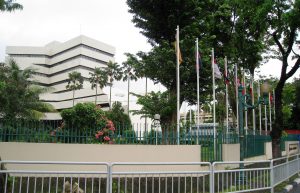

 .
.
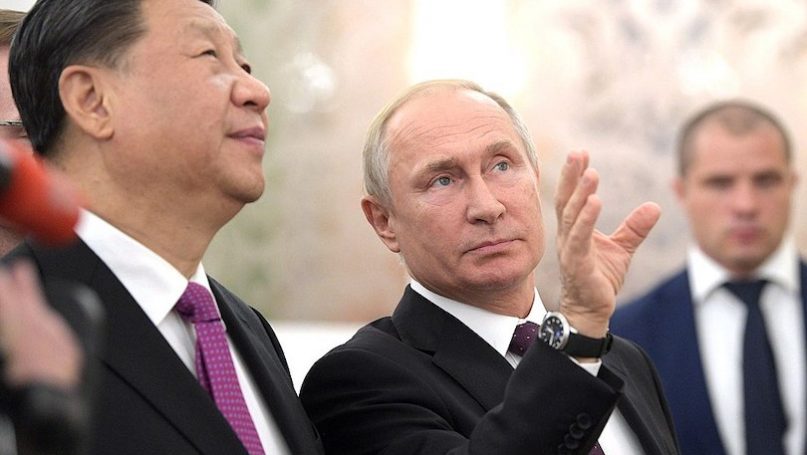
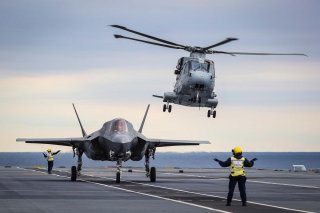




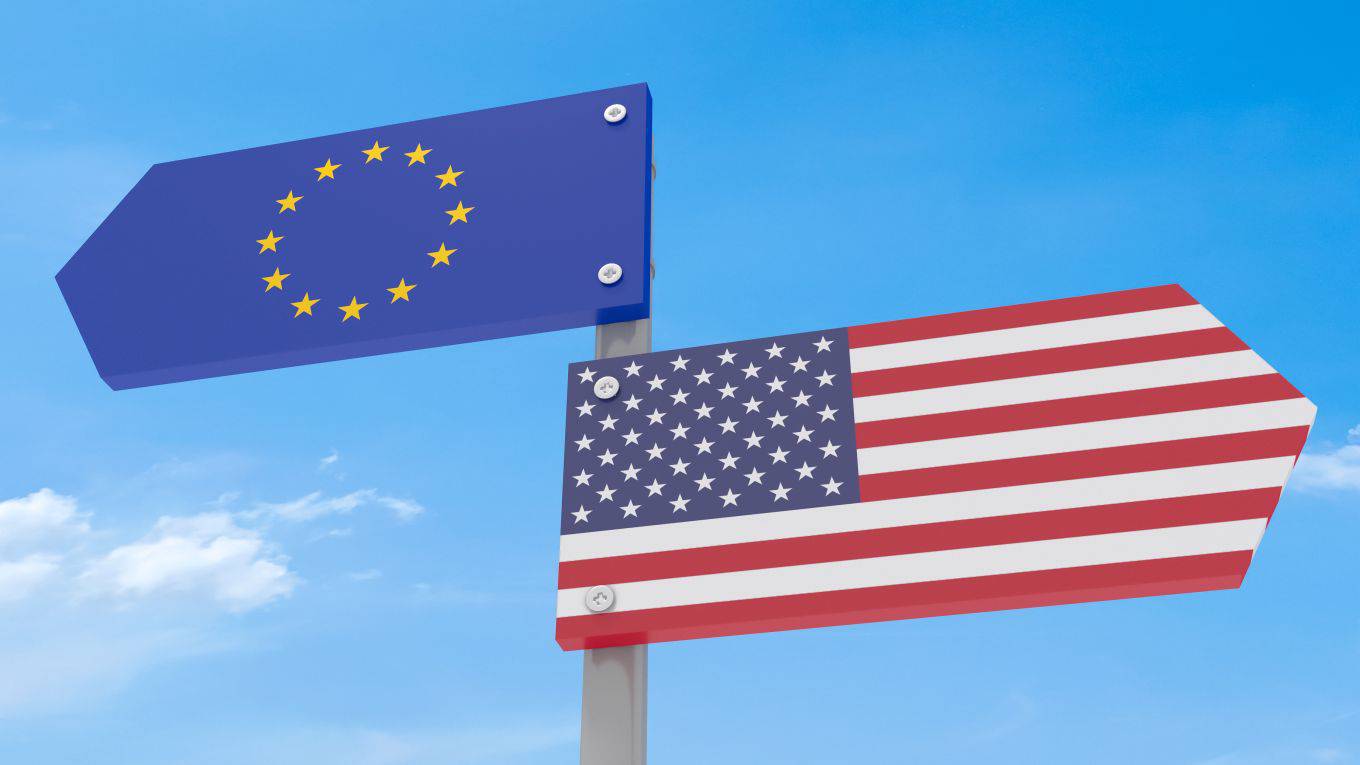 c
c